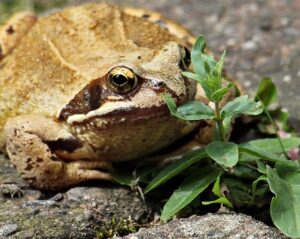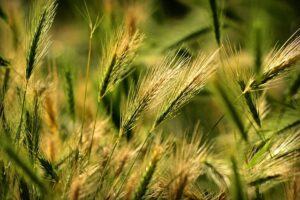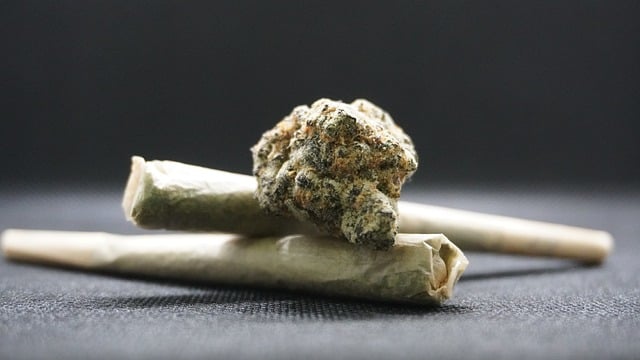
High-CBD THCA hemp flower is a non-psychoactive alternative for harnessing the therapeutic benefits of cannabinoids, particularly effective for pain and anxiety relief. It offers a unique combination of CBD and THCA, which synergize through the entourage effect to enhance wellness properties without inducing intoxication. This hemp flower can be consumed via smoking, vaping, or culinary uses, making it versatile for various health needs. High-CBD THCA hemp flower interacts with the endocannabinoid system, potentially offering anti-inflammatory, neuroprotective, analgesic, and anxiolytic effects. It's gaining attention as a wellness tool due to its diverse health benefits and non-intoxicating nature. Proper cultivation is key to maintaining the plant's purity and potency, with careful selection of soil, nutrients, and environmental management to ensure high CBD THCA content. Users are advised to store the hemp flower properly, start with modest dosages, and consult healthcare professionals for guidance, especially when taking other medications or dealing with pre-existing health conditions. Legal compliance is also essential, as regulations vary by location. Safety is paramount, and third-party lab test results are crucial to ensure product quality and purity. Always adhere to recommended dosages and storage guidelines to maximize the benefits of high-CBD THCA hemp flower.
Explore the transformative benefits of High-CBD THCA hemp flower, a non-psychoactive powerhouse emerging in wellness circles. This article delves into its scientific foundations and therapeutic potential, guiding readers through the cultivation process to ensure purity and potency. Whether vaporized, smoked, or consumed topically, learn how High-CBD THCA hemp flower can be incorporated for optimal efficacy. Navigate legal landscapes and safety considerations to responsibly harness its advantages, making it a valuable addition to your wellness regimen.
- Unlocking the Potential of High-CBD THCA Hemp Flower: An Overview
- The Science Behind THCA and Its Beneficial Properties
- Therapeutic Applications of High-CBD THCA Hemp Flower
- Cultivation and Harvesting: Ensuring the Purity and Potency of THCA Hemp Flower
- Consumption Methods: Maximizing the Efficacy of High-CBD THCA Hemp Flower
- Navigating Legal Considerations and Safety Concerns with THCA Hemp Flower Use
Unlocking the Potential of High-CBD THCA Hemp Flower: An Overview
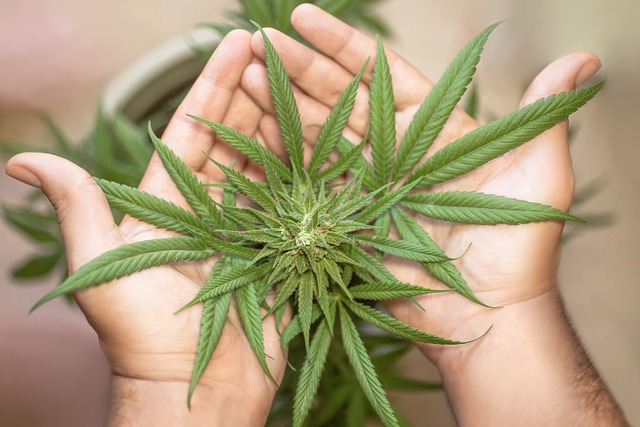
Unlocking the therapeutic and wellness benefits of high-CBD THCA hemp flower requires a deep understanding of its unique cannabinoid profile and potential applications. Unlike its psychoactive counterpart, Delta-9 THC, Tetrahydrocannabinolic Acid (THCA) is non-psychoactive and abundant in high-CBD hemp strains. This means consumers can reap the benefits associated with cannabidiol (CBD) without the “high” typically linked to THC. High-CBD THCA hemp flower, such as ACDC or Harlequin, is renowned for its therapeutic properties, which include pain and anxiety relief. The cannabinoid CBD, present in high concentrations in these strains, has been the subject of numerous studies highlighting its potential to alleviate symptoms without inducing intoxication.
The entourage effect, a phenomenon where cannabinoids, terpenes, and flavonoids within the hemp plant work synergistically, is particularly pronounced in high-CBD THCA hemp flower. This synergy can enhance the benefits of CBD alone, potentially making it more effective for various conditions. Users often report a sense of calm and well-being, as well as relief from inflammation and discomfort, without experiencing mind-altering effects. The high-CBD THCA hemp flower’s versatility allows for various consumption methods, including smoking, vaping, or incorporating it into edibles, thereby offering a wide range of options for individuals seeking natural alternatives to manage their health and wellness.
The Science Behind THCA and Its Beneficial Properties
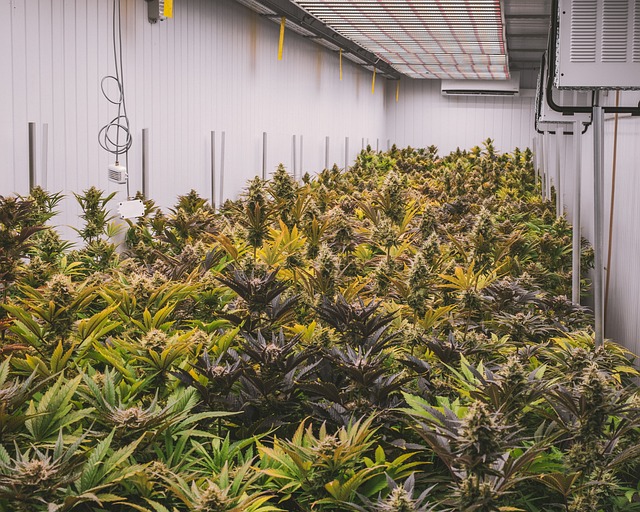
Cannabidiol (CBD) and tetrahydrocannabinolic acid (THCA) are two prominent compounds found in the cannabis plant. While THCA is the precursor to the psychoactive compound THC, it possesses a unique set of properties that are gaining attention in health and wellness circles. High-CBD THCA hemp flower contains high concentrations of THCA, which has been studied for its potential therapeutic benefits. Unlike THC, THCA does not induce psychoactive effects, making it an attractive option for those seeking the health advantages without the high.
The science behind THCA reveals that it interacts with the body’s endocannabinoid system (ECS), a complex cell-signaling system identified in the 1990s. The ECS helps maintain physiological and psychological equilibrium by regulating various functions, including mood, pain sensation, immune response, and memory. THCA engages with the ECS through its affinity for cannabinoid receptors, particularly CB1 and CB2 receptors. Preliminary research suggests that THCA may offer anti-inflammatory, neuroprotective, and analgesic effects, making it a subject of interest in areas such as pain management, neurological health, and inflammation reduction. The non-psychoactive nature of high-CBD THCA hemp flower allows users to potentially harness its beneficial properties for wellness support without the mind-altering side effects associated with THC.
Therapeutic Applications of High-CBD THCA Hemp Flower
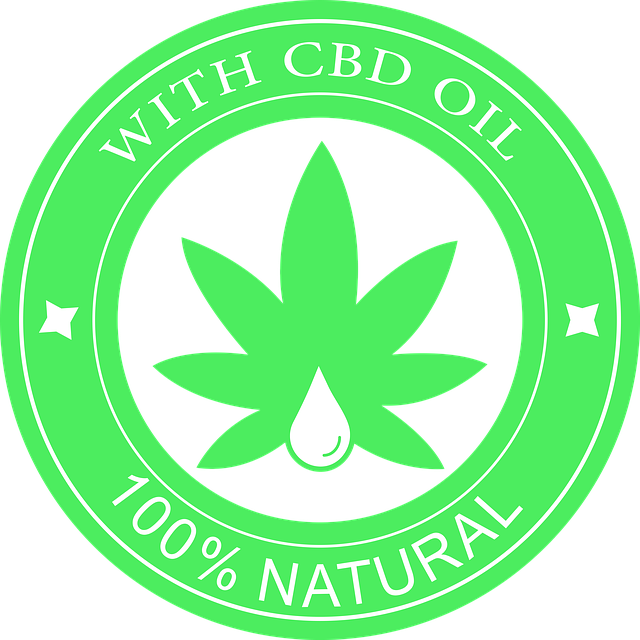
High-C CBD THCA hemp flowers are gaining attention in the therapeutic and wellness communities for their potential health benefits. Unlike its psychoactive cousin THC, THCA is non-intoxicating, making it a preferred choice for those seeking the therapeutic properties of cannabinoids without the psychoactive effects. High-CBD THCA hemp flowers are particularly valued for their ability to support overall well-being and have been explored for various applications. For instance, they may help in managing pain and inflammation due to their analgesic qualities. Users often report that high-CBD THCA hemp flower helps them cope with anxiety and stress, attributed to its calming effects. Research suggests that this cannabinoid can interact with the body’s endocannabinoid system, potentially modulating mood and providing a sense of relaxation without impairment. Furthermore, the anti-oxidant properties of THCA may contribute to improved skin health when applied topically, making it a versatile option for those interested in its wellness benefits.
Incorporating high-CBD THCA hemp flower into one’s routine can be done through various methods, including smoking, vaporizing, or using CBD-rich hemp extracts. The choice of method depends on personal preference and desired effects. As interest in cannabinoid therapy grows, the use of high-CBD THCA hemp flower as a natural remedy for ailments continues to be explored. It’s important for individuals to consult with healthcare professionals before incorporating any new supplement into their regimen, especially if they are taking other medications or have pre-existing health conditions. With the increasing body of research supporting its use, high-CBD THCA hemp flower is poised to become a staple in holistic health and wellness practices.
Cultivation and Harvesting: Ensuring the Purity and Potency of THCA Hemp Flower
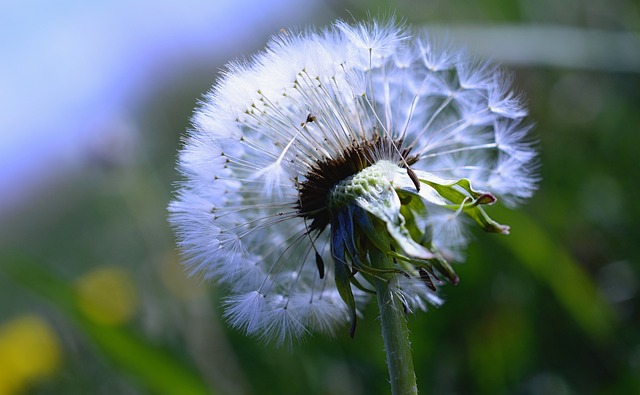
The cultivation and harvesting of high-CBD THCA hemp flower are critical processes that directly impact the purity and potency of the final product. Farmers specializing in high-CBD strains must adhere to meticulous agricultural practices to ensure the highest quality yield. These include selecting optimal soil conditions, maintaining precise nutrient levels, and controlling environmental factors such as temperature and humidity. The genetics of the hemp plant used are also paramount; only high-CBD THCA hemp flower strains are suitable for cultivation intended to produce the desired effects. As the plants mature, growers monitor their progress closely, utilizing methods that promote the conversion of CBDa to CBD in a balanced manner while preserving the natural terpene profile that contributes to the entourage effect.
Upon reaching maturity, high-CBD THCA hemp flower is harvested by hand to avoid plant stress and damage that could compromise its integrity. The drying and curing process that follows is equally critical. It must be carried out under controlled conditions to prevent degradation of the CBDa compound and to preserve the terpene richness inherent in the plant. This phase involves careful monitoring of humidity and temperature to ensure a slow, even drying process that retains the flower’s natural potency and aromatic qualities. The end result is a high-CBD THCA hemp flower that offers the therapeutic benefits sought by consumers, with the assurance of purity and efficacy that comes from a diligent and expertly managed cultivation and harvesting process.
Consumption Methods: Maximizing the Efficacy of High-CBD THCA Hemp Flower
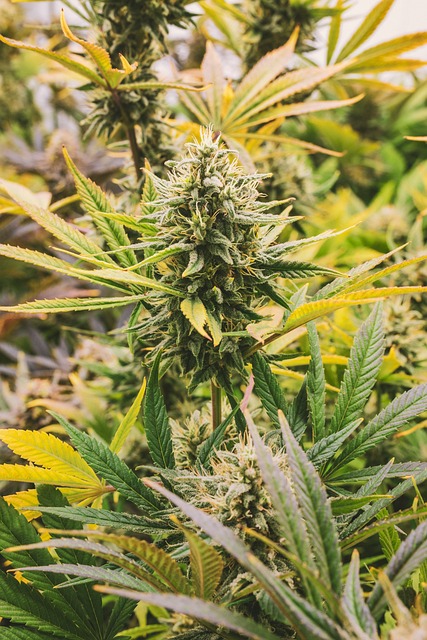
High-CBD THCA hemp flower has garnered attention for its potential therapeutic properties, distinct from its psychoactive cousin, delta-9-THC. To maximize the efficacy of this non-psychoactive cannabinoid, it’s crucial to consider the right consumption methods. Smoking or vaporizing high-CBD THCA hemp flower is one of the most immediate ways to experience its effects, as inhalation allows for rapid absorption into the bloodstream through the lungs. This method is favored for quick relief and precise dosing control. Alternatively, consumers can opt for sublingual administration or capsules, which offer a longer onset but more sustained effects due to the cannabinoid’s absorption through the mucous membranes under the tongue or the digestive tract, respectively. Regardless of the chosen method, it’s advisable to start with a lower dosage to gauge individual responses and adjust accordingly. Additionally, proper storage of high-CBD THCA hemp flower in a cool, dry place away from light will preserve its potency, ensuring that consumers can consistently enjoy the full spectrum of benefits this unique cannabinoid has to offer.
Navigating Legal Considerations and Safety Concerns with THCA Hemp Flower Use
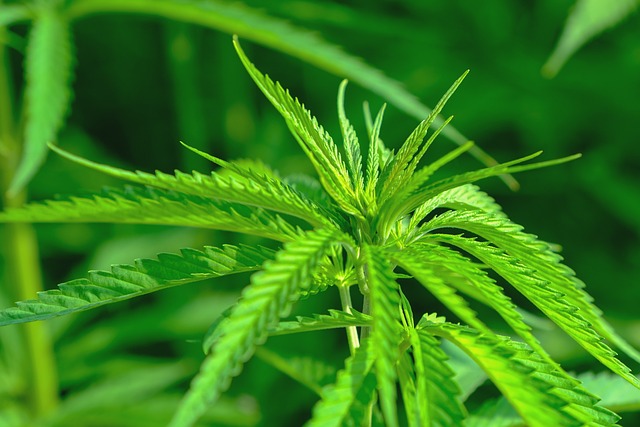
When incorporating high-CBD THCA hemp flower into your wellness regimen, it’s crucial to first understand the legal landscape governing its use in your region. The legality of THCA hemp flower varies by state and country, with some jurisdictions allowing its use for medical or recreational purposes, while others maintain strict restrictions. Always ensure that you are compliant with local laws before purchasing or using high-CBD THCA hemp flower. Additionally, safety concerns must be addressed, as the plant can have potent effects due to its cannabinoid profile. Consumers should source their high-CBD THCA hemp flower from reputable suppliers who provide third-party lab test results confirming the product’s purity and potency. This due diligence helps prevent exposure to unwanted contaminants or incorrect labeling of cannabinoid content, ensuring a safe and beneficial experience. Users should also be aware of potential drug interactions, particularly if they are taking other medications, and consult with a healthcare professional before making any changes to their health routine that include high-CBD THCA hemp flower. Proper storage to maintain the product’s integrity and following the manufacturer’s recommended dosing guidelines are additional safety measures to consider for the best possible outcomes when using this natural compound.
High-CBD THCA hemp flower offers a promising alternative for those seeking wellness benefits without the psychoactive effects typically associated with cannabis. This article has explored the multifaceted nature of THCA, its scientifically backed properties, and the therapeutic potential it holds. From cultivation practices that ensure purity and potency to diverse consumption methods that maximize efficacy, users have access to a versatile and beneficial experience. While navigating legal landscapes and safety concerns is crucial, the emerging interest in high-CBD THCA hemp flower underscores its growing role in health and wellness regimens. As research continues to evolve, the full scope of this natural compound’s advantages will likely expand, solidifying its place as a significant component in holistic health approaches.
